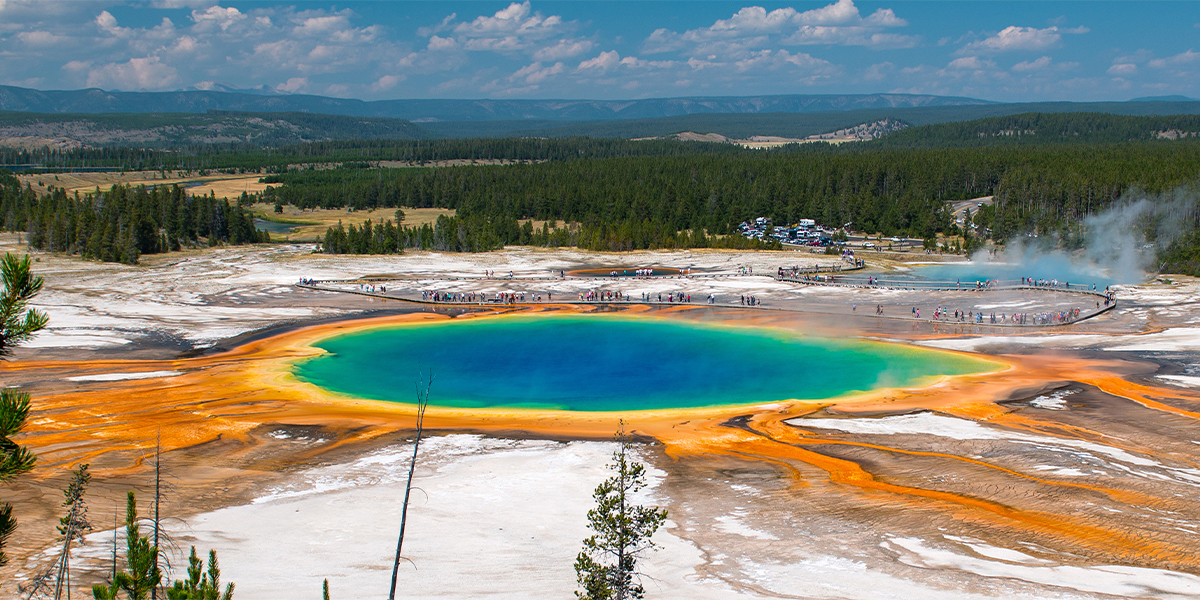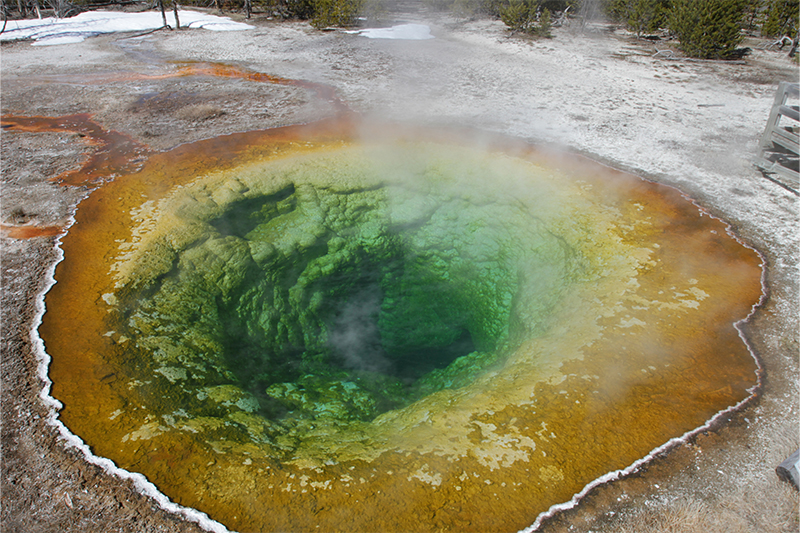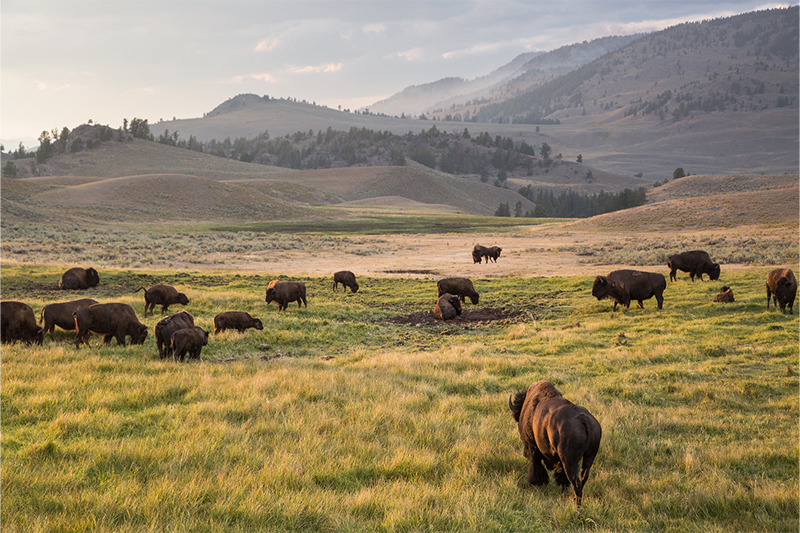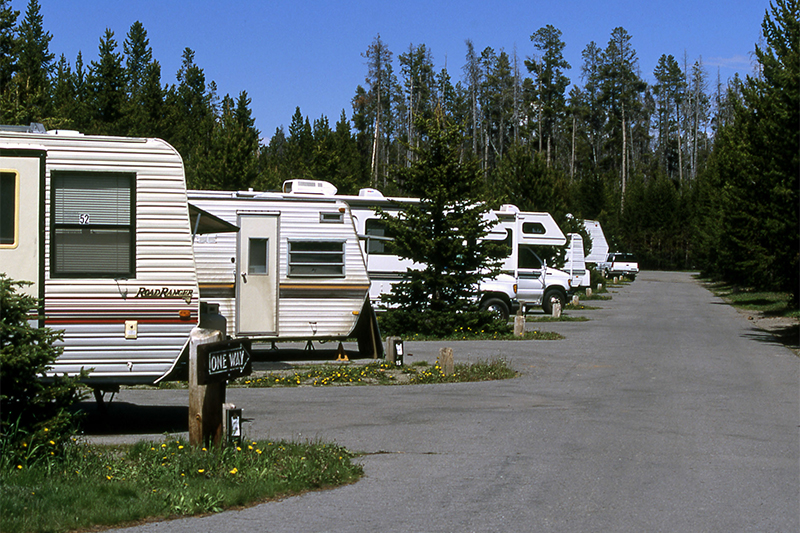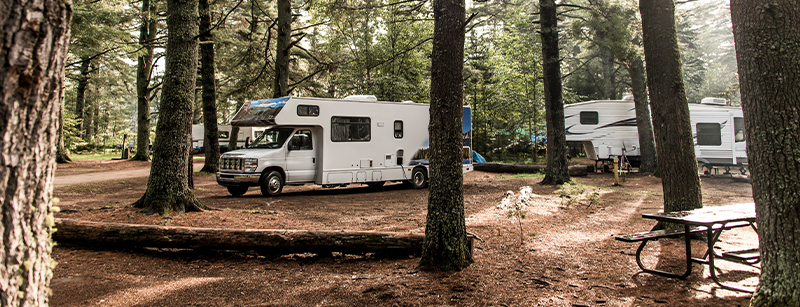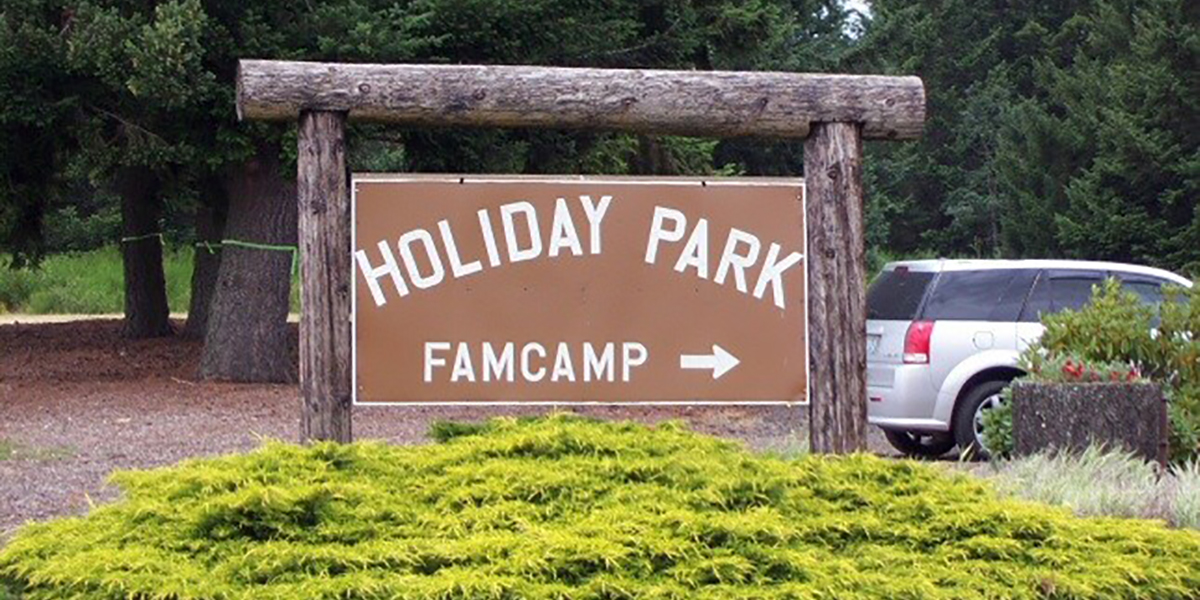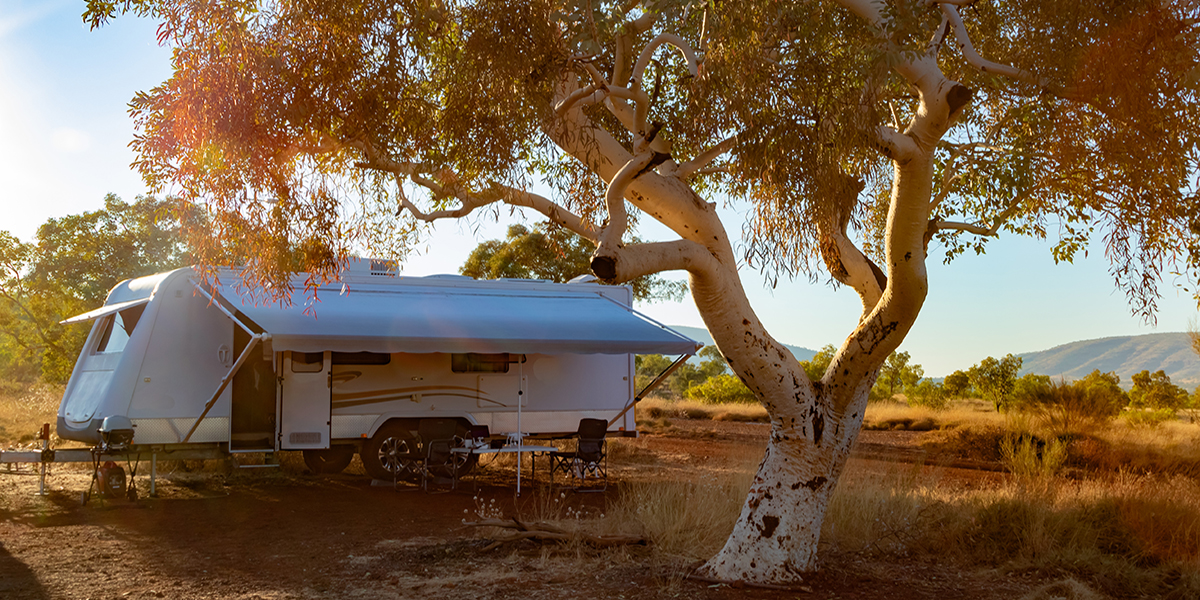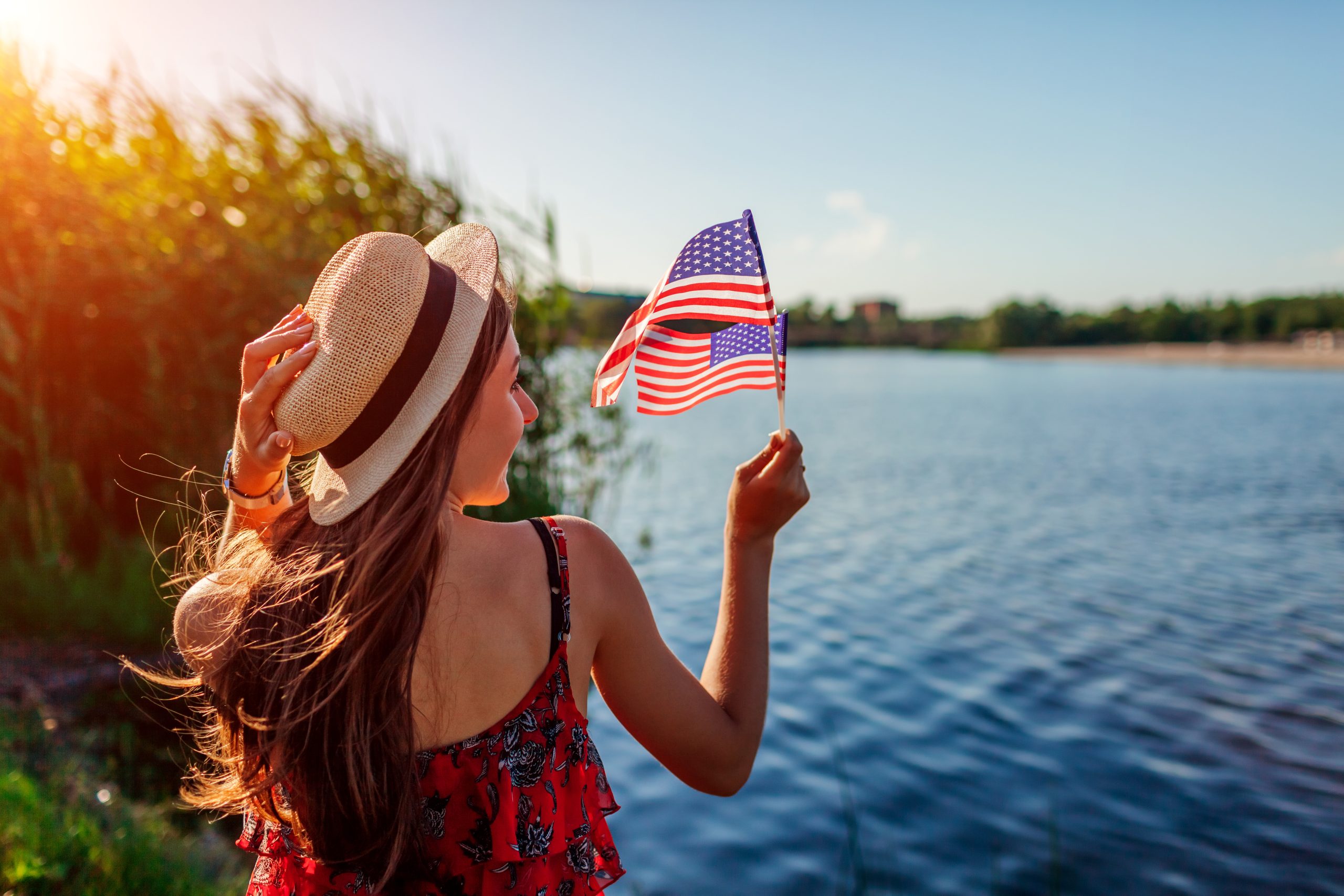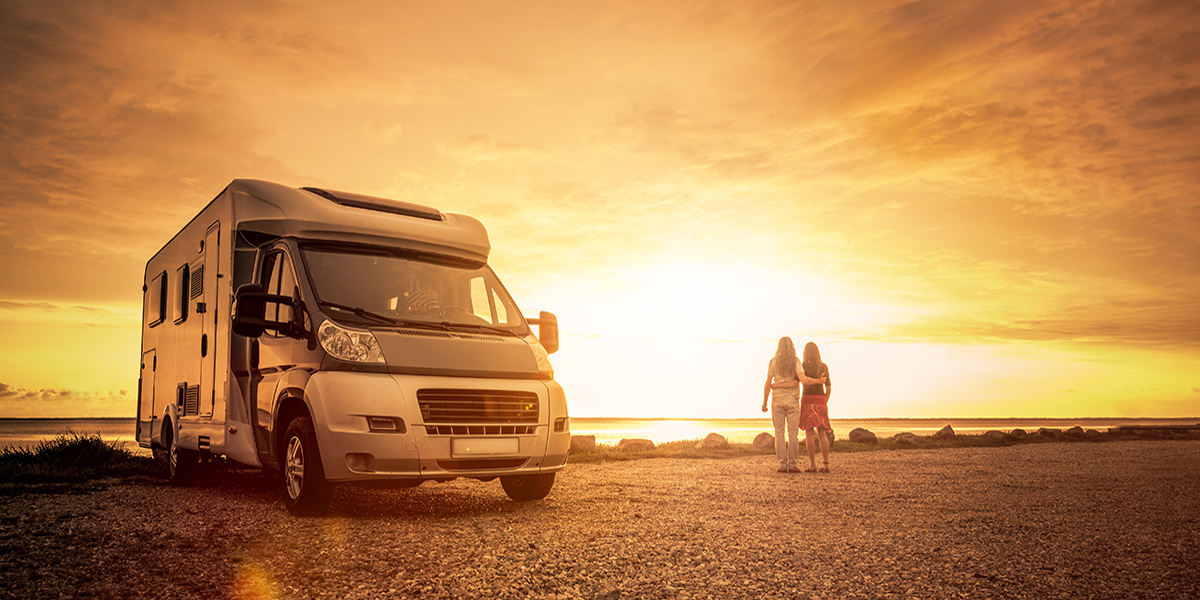With the leaves changing colors and the air getting cooler, fall is a blissful time of the year to get out and explore with your RV. Autumn brings fall festivals, Halloween happenings, and outdoor adventures. Taking your RV on the road during the next few months is an excellent way to camp under the stars, partake in seasonal celebrations, and get together with family and friends. RV Trader is covering the top 10 fun fall activities for you to experience with your RV.
1. Find Fall Foliage
See all the trees change to bright orange, red, and yellow this fall by doing some leaf peeping with your RV. While you can travel all over the country to spot forests full of colorful canvases, some of the best fall foliage can be seen in the northeast and throughout national parks.
2. Get the Perfect Pick in a Pumpkin Patch
This family-friendly activity is a seasonal tradition, giving you the opportunity to get outside, visit the scenic countryside, and pick out the perfect pumpkins. Then, back in your RV, you can use them to carve Halloween jack-o-lanterns and decorate your space with autumn accents. Plus, with some culinary creativity, you can use these pumpkins with a dash of spice to create classic fall recipes, such as a Thanksgiving pumpkin pie. Make a feast of it and pair your pumpkin dessert with your Thanksgiving dinner prepared over a campfire.
3. Sip on Cider at an Apple Orchard
Starting in September, many apple orchards open up for visitors to pick their own apples, sip on hot apple cider, and eat delicious apple spiced donuts. A sure sign of the season, this is another outing that’s fitting for the family. With a variety of apple flavors, you can take them back to the RV to use in all kinds of recipes, including that perfect cup of fresh apple cider that immediately warms you up on a chilly campground evening.
4. Have a Ball at a Fall Festival
Make your rounds in your RV at fun fall festivals! This is your chance to check out Oktoberfest celebrations, Halloween and Thanksgiving parades, harvest parties, and oyster roasts. Each region of the country has something different when it comes to autumn events, whether that’s through cuisine offerings, pumpkin displays, or carnivals.
5. Drive on a Haunted Highway
If you’re feeling fearless, you could take your RV down a haunted highway. There are several haunted roads around the country that are the subject of terrifying folklore. From ghosts to goblins, exploring these haunted roads is a great way to embrace the Halloween season, just be sure your RV is ready to zip away if you have a scary close encounter.
6. Explore an Amazing Corn Maze
A classic roadside attraction, corn mazes amuse visitors as they lose themselves in a labyrinth of twists and turns through the cornfields. Many of these mazes are artistically designed with incredible attention to detail, so even if you’re not navigating the maze, they can be stunning to look at from above. Some even offer spooky thrills during Halloween nights with creepy characters emerging from the fields as you try to find your way out.
7. Go Camping
With cooler temperatures and clear skies, camping in the fall with your RV is a breath of fresh air. You can throw on a flannel and get under a blanket near a bonfire, gaze up at the stars, make s’mores, and tell ghost stories.
8. Spend an Autumn Day Outdoors
Have an adventure by discovering a new trail for hiking and biking. Get out on the water in a kayak or canoe, or grab your fishing rod and reel in a big catch while spending a peaceful day outside. Fall can be the perfect time for these outdoor activities, with weather that’s comfortably cool but still bright and sunny, not to mention the beautiful scenery that fills every backdrop of your adventure.
9. Visit a Vineyard
Wine country is a lovely setting during the fall, as vineyards harvest grapes for their upcoming wines and host special bottle releases and dinners. It’s a chance to kick back, relax, and have a glass of your favorite wine.
10. Tailgate at a Football Game
When it’s gameday, your RV is a winner with tailgating. Your RV makes it easy to barbecue, crack open a cold refreshment, dress up in your team’s colors, and play games like cornhole—all without having to leave the parking lot. Whether it’s a homecoming or a rivalry match, have a cookout and hang out with fans before kickoff.
Fall is full of fun activities that celebrate the changing of the seasons, rich traditions, enchanting travel destinations, and time spent together. Your RV brings it all together. Check out RVTrader.com to purchase the perfect RV for all of your autumn adventures.
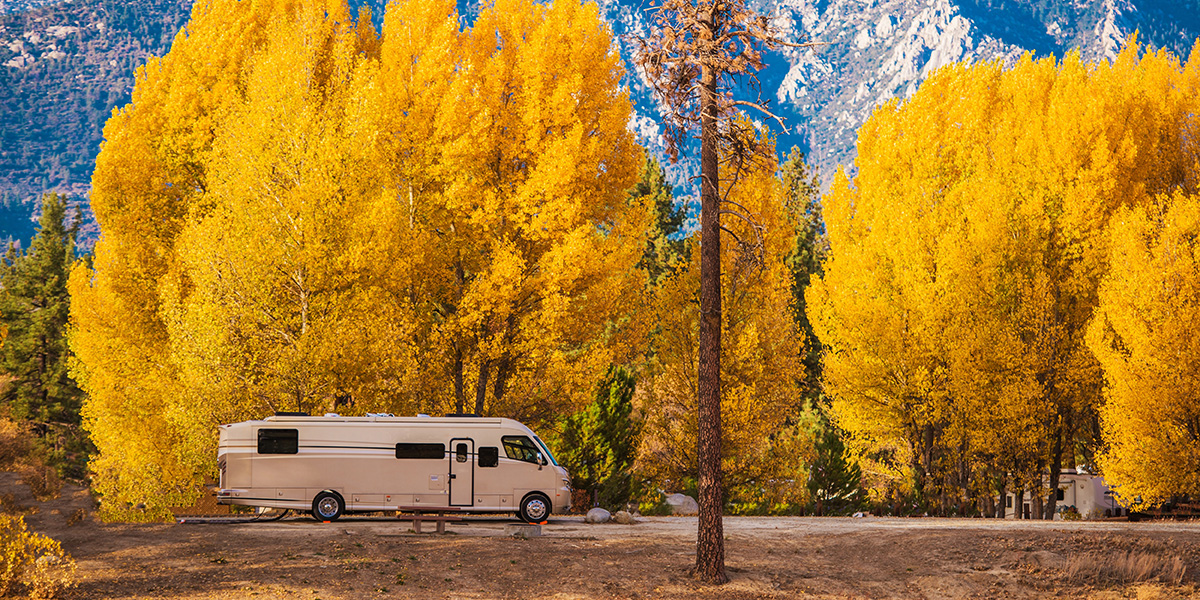
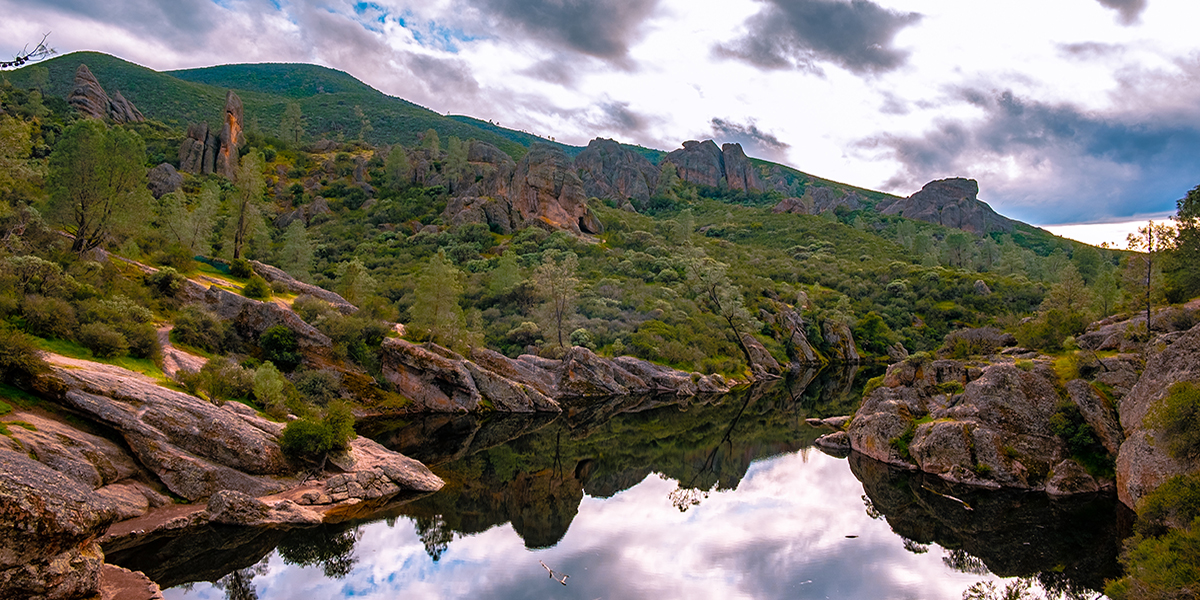
 FMCA
FMCA